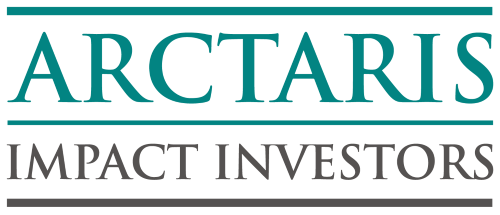FAQ
- What is your typical borrower profile?
We invest in cash-flow positive business with at least $10 million of revenue and $1 million of EBITDA that are looking for $1 to 10 million of growth capital. We generally target businesses in the manufacturing, technology, and business services industries but have invested across a number of sectors.
- Why do companies come to you for growth capital?
Business owners come to us for growth capital because (i) they can’t get access to the capital they need from commercial banking institutions, and (ii) they don’t want to dilute their equity by going to traditional sources of non-bank debt, private equity, and venture capital.
- What is your typical loan structure?
Our typical loan structure consists of two instruments, a note and a royalty security, where the note matures in five years and maintains defined principal amortization and stated interest payments.
- How does the royalty security work?
The royalty security represents a cash payment stream calculated as a percentage of incremental sales growth from the time of financing. The royalty security can be bought back by a borrower at any time at a predetermined price, providing companies with significant protection in upside scenarios.
- What is the cost of capital for GrowthDebt?
GrowthDebt is more expensive than a bank (4-9%), but significantly cheaper than the costs of private equity (20-35%) and venture capital (35%+).
- Can GrowthDebt be paid back early?
The note and royalty security can be prepaid or bought back at any time at a price that is determined at the inception of the loan.
We invest in cash-flow positive business with at least $10 million of revenue and $1 million of EBITDA that are looking for $1 to 10 million of growth capital. We generally target businesses in the manufacturing, technology, and business services industries but have invested across a number of sectors.
Business owners come to us for growth capital because (i) they can’t get access to the capital they need from commercial banking institutions, and (ii) they don’t want to dilute their equity by going to traditional sources of non-bank debt, private equity, and venture capital.
Our typical loan structure consists of two instruments, a note and a royalty security, where the note matures in five years and maintains defined principal amortization and stated interest payments.
The royalty security represents a cash payment stream calculated as a percentage of incremental sales growth from the time of financing. The royalty security can be bought back by a borrower at any time at a predetermined price, providing companies with significant protection in upside scenarios.
GrowthDebt is more expensive than a bank (4-9%), but significantly cheaper than the costs of private equity (20-35%) and venture capital (35%+).
The note and royalty security can be prepaid or bought back at any time at a price that is determined at the inception of the loan.
